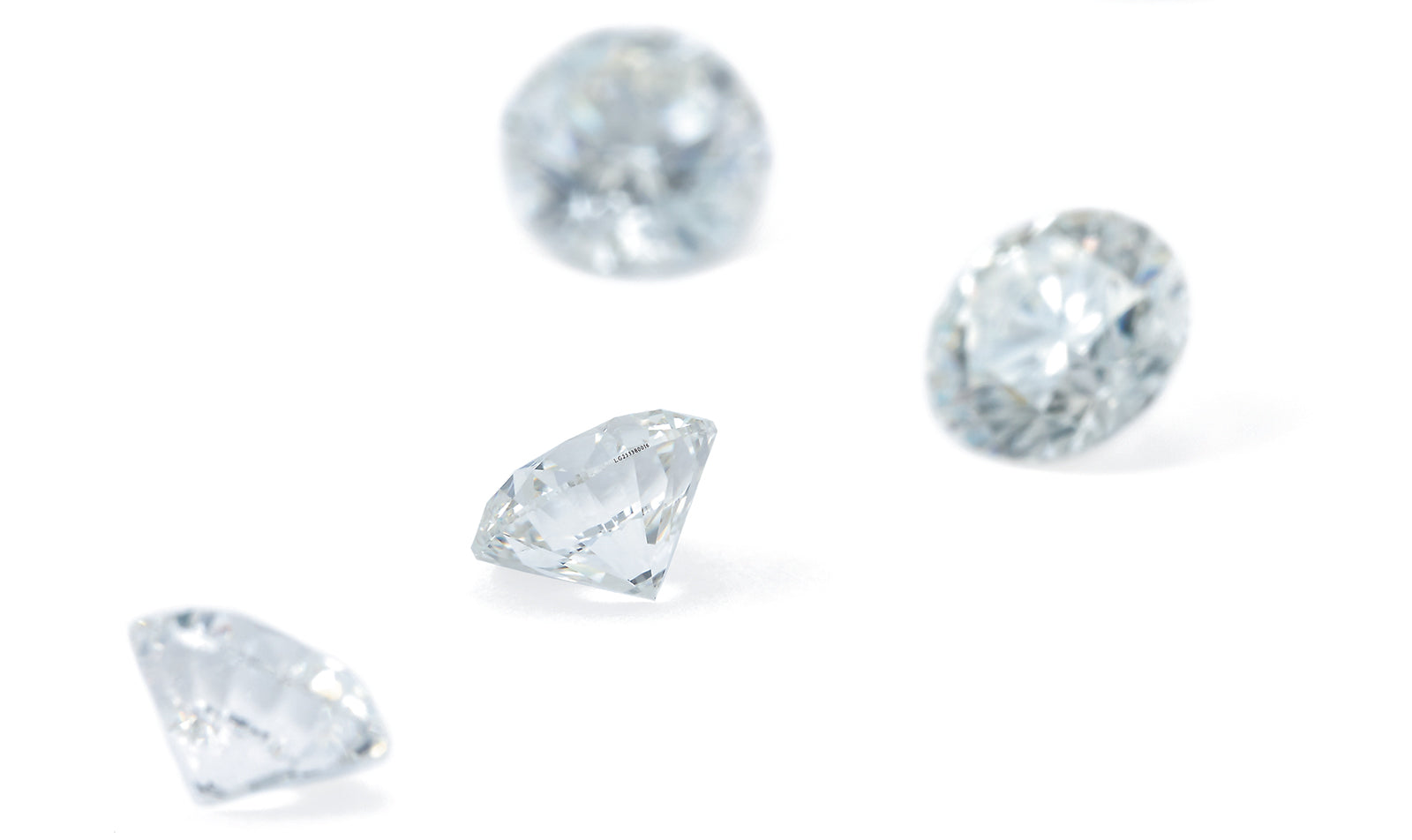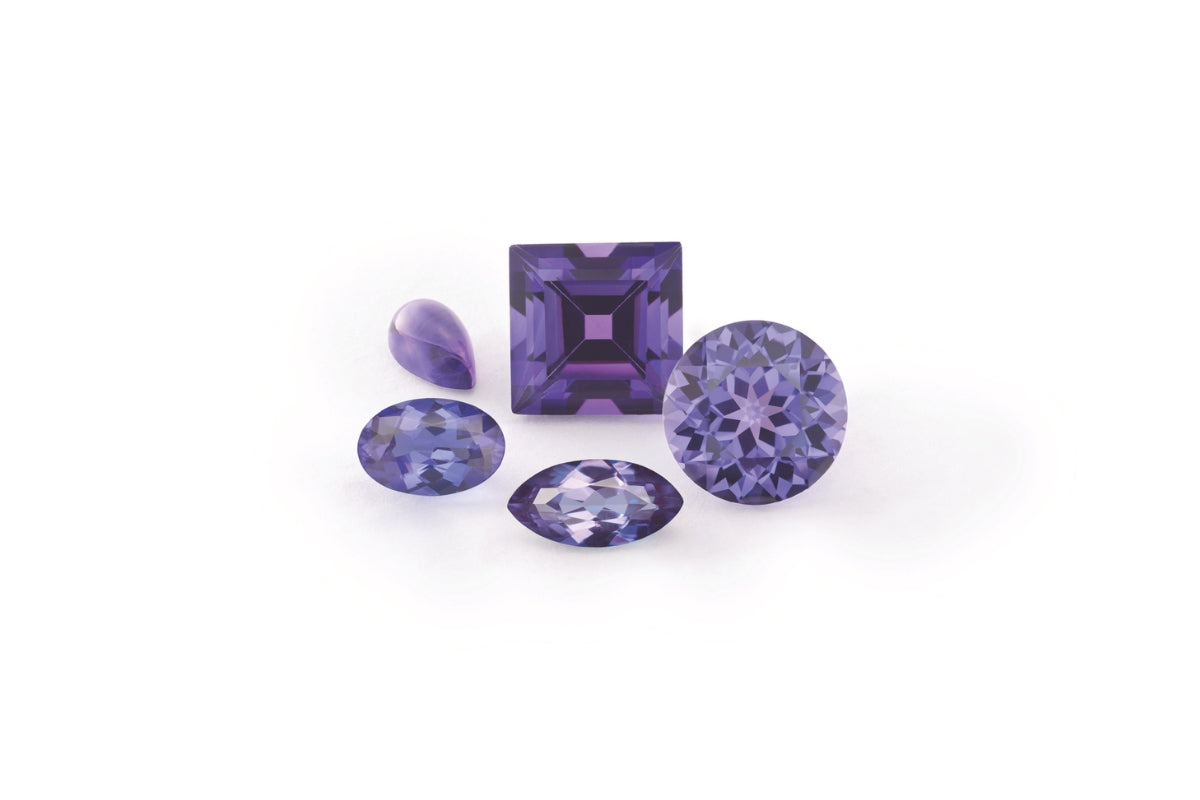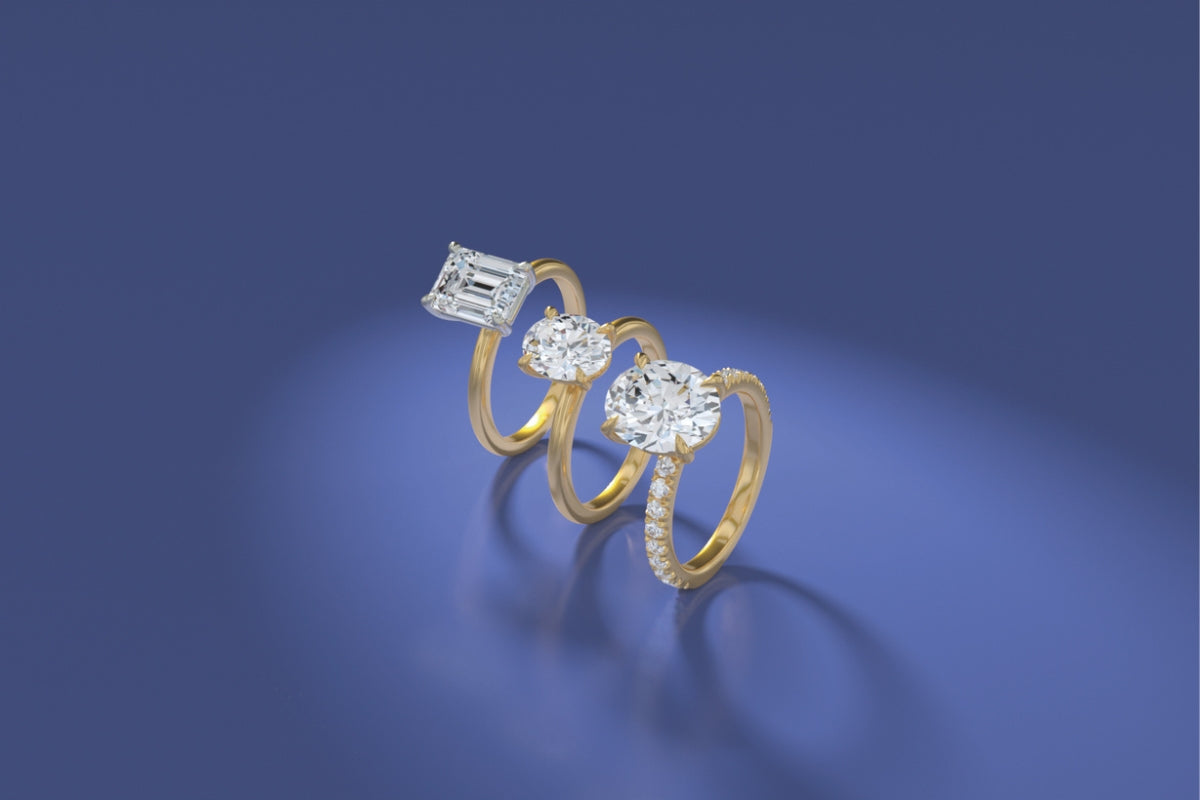First and foremost, without the natural “mined” diamond industry, there would be no laboratory grown diamond industry. With varying opinions from industry experts, jewelers, and consumers, there is currently no consensus of what place laboratory grown diamonds have or will have in our industry. As of this writing, consumers are forming their opinions on both natural “mined” diamonds and laboratory grown diamonds.
Among other things, what makes a diamond special is that it’s on top of the gemstone food chain. It has and always will be the true heirloom quality gemstone that every other gemstone is benchmarked against in terms of Gemological properties and beauty.
In order to protect and educate the end-consumer from misinformation about laboratory grown diamonds, everybody involved in the supply chain all the way to the retail jeweler needs to disclose the laboratory grown nature of the diamond. The integrity of our industry depends on it. As retail jewelers, we are the key decision makers of where to source, what to stock, and how well we educate our shoppers. We are on the front lines of making or breaking our shoppers impression, experience, and confidence in what we offer. All of the above are dictated by our decision and actions, of which either aid or degrade our industry's credibility.
The good news is that third party Gemological laboratories worldwide like GIA, IGI, and GCAL all have reports that disclose laboratory grown origins, and laser inscribe the girdles denoting “Laboratory Grown” or “LG” followed by a unique serial number.
Laboratory grown diamonds are commonly referred to in the market as:
- Synthetic
- Lab-Grown
- Man-Made
- Cultivated
- Cultured
- Manufactured
- Produced
- Grown
In Gemological terms, they are not any of the following:
- Simulants
- Glass or Plastic
- Assembled Stones (like doublets or triplets)
- “Hybrid” (combination of materials with diamond-like overgrowth)
In Gemological terms, they are identical to naturally occurring diamonds in the following ways:
- Refractive Index
- Specific Gravity
- Chemically
- Physically
- Optically
- Durability (Hardness, Toughness, & Stability)
The ability to grow diamonds is something that is still, even in 2018, hard to believe. It’s truly an amazing feat of humankind to have replicated the process to such a high degree of accuracy that the end result bears its name. With proper documentation and disclosure, they, along with other gemstones, have a place in our industry.




